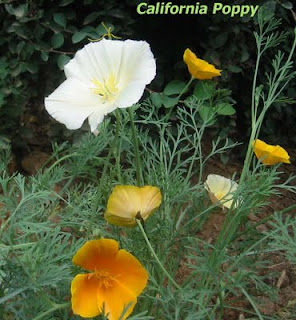 Some of the best plants are those that are gifts. At Christmas, I invite some close friends over for dinner every year. I don't know when it started, but we began exchanging small inexpensive gifts at these dinners. This past year, however, I received a large gift certificate for plants at High Country Gardens from one good friend. Her justification was that I had her as a dinner guest several times during the year.
Some of the best plants are those that are gifts. At Christmas, I invite some close friends over for dinner every year. I don't know when it started, but we began exchanging small inexpensive gifts at these dinners. This past year, however, I received a large gift certificate for plants at High Country Gardens from one good friend. Her justification was that I had her as a dinner guest several times during the year.I spent the winter combing through the catalog and adding up the totals. One of the six plants I elected to order was the kniphofia Wayside Flame. A previous post documents the experience with my first monstrous kniphofia. [26.6.2010]
 Last fall I moved the big bad boy to a more appropriate location with lots of room to play. I had looked at several other kniphofias that would not take over the front cottage garden, so I appreciated the opportunity to get a smaller replacement sooner rather than later.
Last fall I moved the big bad boy to a more appropriate location with lots of room to play. I had looked at several other kniphofias that would not take over the front cottage garden, so I appreciated the opportunity to get a smaller replacement sooner rather than later. High Country Gardens had a few different varieties in their catalog. I settled on my selection after checking an online Kniphofia List from the International Bulb Society. The plants came in spring and were planted. I expected my Wayside Flame to bloom next year, but surprise - a present in July. It sent up one lonely flower stalk this year. Most appreciated.
For The Record: • Fertile well-drained soil • Full sun • Small amount of fertilizer • No serious pests or disease Garden Calendar: • Blooming: pink cosmos, mexican zinnia, nicotiana, kniphofia, cleome, zinnia, cosmos, rudbeckia • Harvested: 1 tomato, 40 cherry tomatoes, 3 cucumbers |















